WANT to give A PORSCHE 911 a good home in your practice parking lot BUT DON’T KNOW WHERE TO START? read on for the ultimate BEGINNER’S guide to buying and owning this MOST classic sports car.
I’VE COVERED A GOOD half-dozen vehicles for Incisal Edge, more if you count the car shows I’ve reported from. This issue, I was at last blessed to be able to spend time with my absolute favorite. It’s part work of art, part engineering marvel and complete masterpiece: the newest Porsche 911 Carrera.
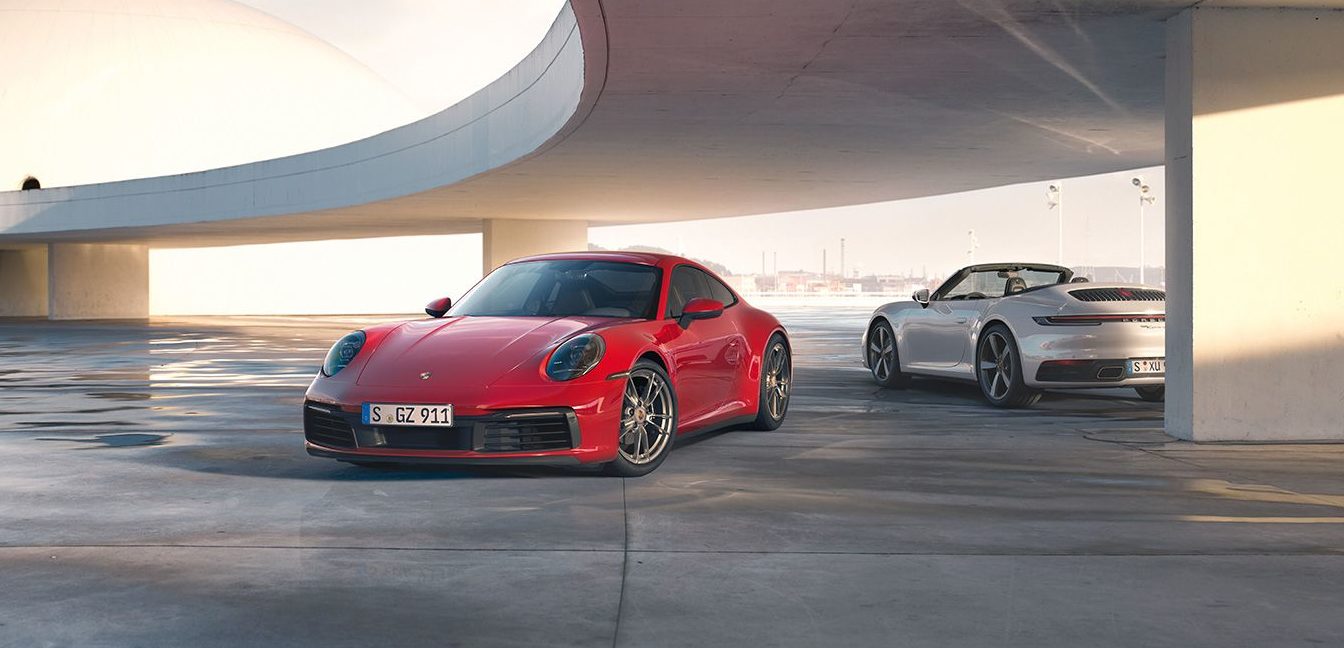
DOUBLE VISION: Hard top, convertible and all the futuristic roadways you can shake a stick shift at
Let’s talk first about its unmistakable contours. The 911 is a design icon; the overall shape hasn’t changed since the car debuted in 1963. It comes with a whale tail, duck tail, flat nose, fried-egg headlights—all terms of endearment coined by its many fans. Its critics say it’s nothing but an elongated Beetle, and in a sense they have a point: Ferdinand Porsche, the man who created the 911, also helped birth the Volkswagen Beetle. (He also, alas, helped the German effort in World War II, developing tanks such as the Tiger and the Panzer.)
That, thankfully, was then. These days, the entire Porsche lineup, even the SUVs, must conform to the design of the 911, the original Porsche. From those bulging headlights to the signature swoop on the back side, it’s a design masterpiece into which Porsche blends improvements each generation without losing the spirit of the first model.
Those variations, indeed, are so subtle that unless you’re a serious Porsche lover, you can’t really tell the difference between one model and the one that came immediately after. All are called the 911, but they’re designated by internal factory codes to delineate the model year. The newest model, for example, is the 992.
For the practical, everyday driver, the base Carrera or (if you live in a snowy area) the C4 would suffice. Want to kick it up a notch? The faster-accelerating S versions will do nicely, as will the Turbo (though most of the lineup has turbos for greater efficiency). For the dentist who fancies him- or herself a gentleman or lady racer, there are the GT2, GT3 and aforementioned GT2 RS—although unless your practice is adjacent to Laguna Seca or Lime Rock (famous high-performance tracks near Monterey, California, and Salisbury, Connecticut, respectively), you can’t hope to experience even a tenth of what those cars are capable of.
Porsche does have a sports-driving school of its own at Barber Motorsports Park in Birmingham, Alabama. Treating yourself to a session there is a great way to figure out which model you like best, though your judgment may be skewed given that you’re, you know, on a race track instead of I-95. (Most sports, super- and hypercars nowadays can get you from zero to 60 in under three seconds.) Experience centers have also recently opened in Los Angeles and Atlanta; car geeks, increasingly, are spoiled for choice.
Speaking from experience, I recommend going with the base 911 with the Sports Chrono pack and a Sports Exhaust option. That’ll provide plenty of oomph that’s easily controllable. Beautiful exhaust-note theatrics are a nice bonus. Speed limits nationwide, at least on highways, are higher than they used to be, but unless you’re a frequent track visitor, anything faster is kind of pointless. The standard Porsche gets only to 60 in four seconds—and that’s plenty.
It’s also lauded as the most reliable sports car you can buy. I personally wouldn’t so much as leave town in an Italian exotic.
The 911 has won grueling tests including the Paris-Dakar rally and Le Mans—not bad for a car that also makes an excellent daily driver.
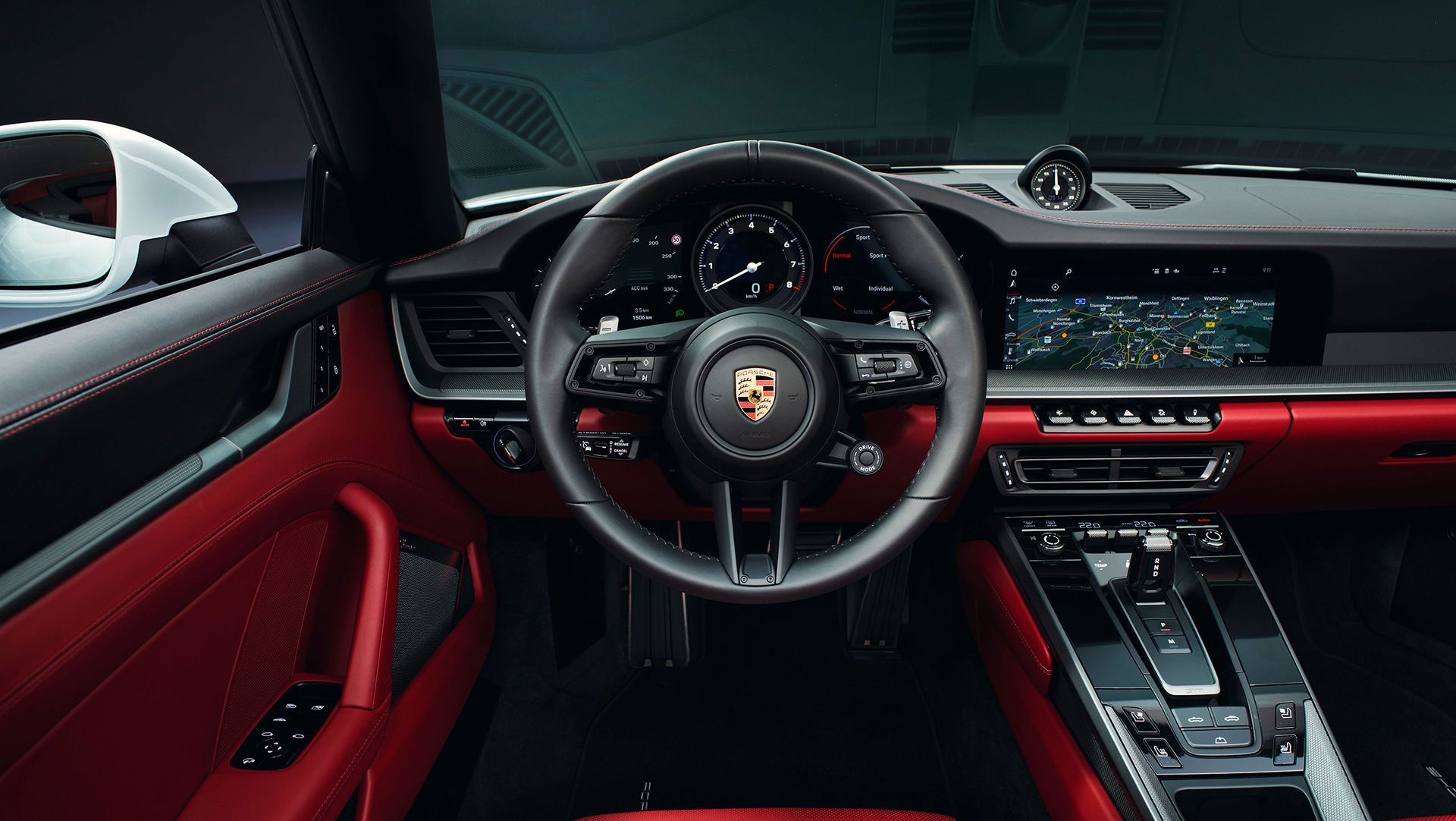
Chariot of Fire: The cockpit, where all the magic happens
The 911 comes in many variations, from the base Carrera for $97,400 to the ferocious GT2 RS for more than four times as much. Not willing to shell out that kind of scratch? You’ll pay a premium for a used 911, but you’ll mostly make it up on the back end if you sell someday.
Unfortunately for your pocketbook, the Carrera is also the most profitable car in the world. Base models can set you back $110,000 or more, and Porsche has mastered the à la carte options upsell. Want a colored seat belt? That’ll be $540.
Not willing to part with that much coin? There’s an active market for used ones. Their resale value tends to be excellent: You’ll pay a premium for a used 911, but you’ll mostly make it up on the back end if you choose to sell someday. Those with manual transmissions are especially known to hold their value. One important point: If you’re going used, be sure you get a 911 without the well-documented IMS bearing problem (an engine-lubrication snafu that can cause significant troubles). Look for the 2009 model year or newer.
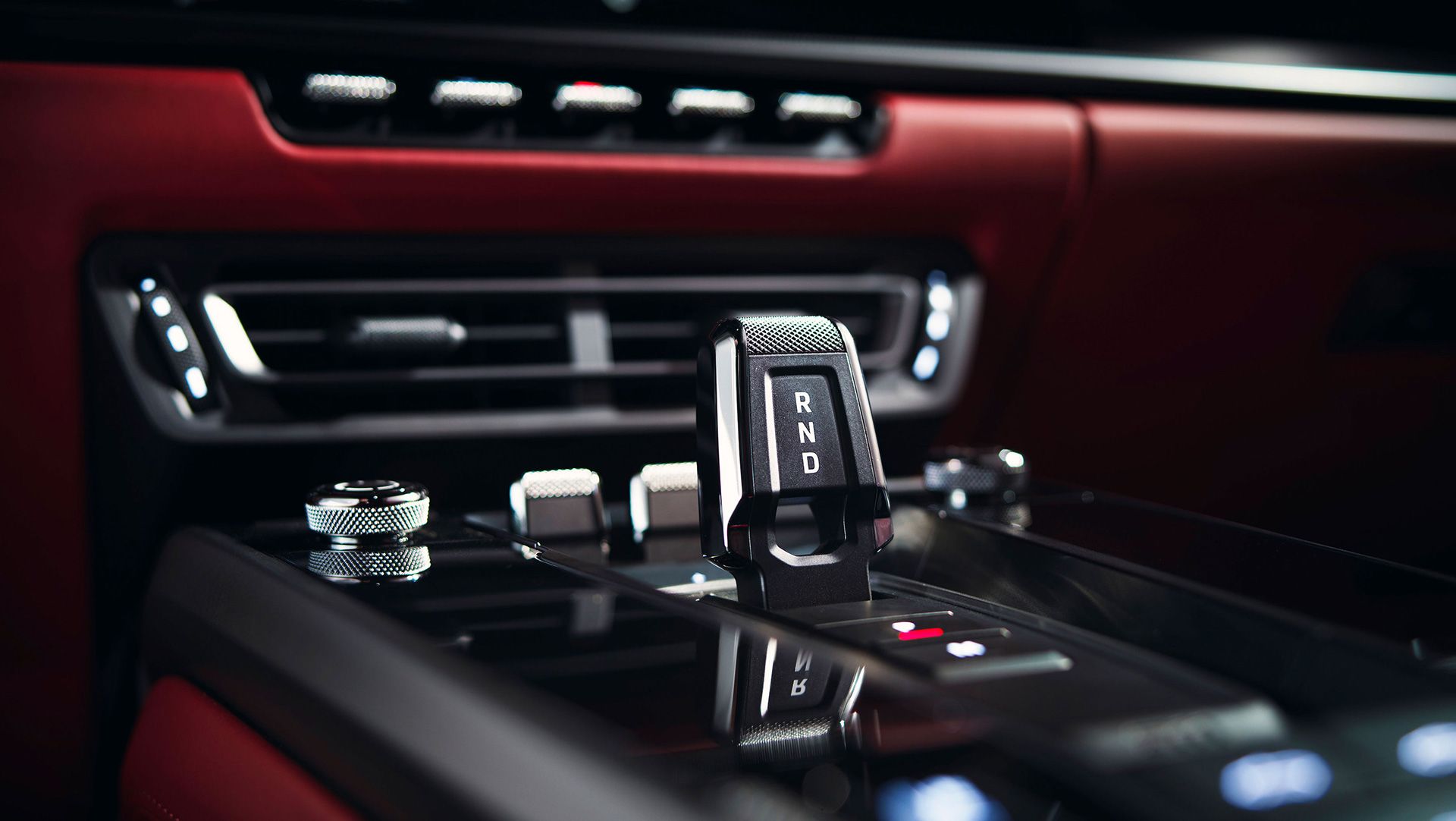
These may be the last batch of cars that give a superb driving experience equal to that of vehicles from the 1980s, ’90s and even 2000s. I’m convinced that the last naturally aspirated flat-6 engines, from 2016 and earlier, will come to be seen as classics and not just hold their value but appreciate.
Why? Well, we’re entering the brave new world of electric cars and autonomous driving. Porsche’s 2016, the model 991.1, was the last non-turbo flat-6. People will always crave the raw, unfiltered experience of having to physically drive a car, to manually march through its gears—and that experience will be less and less available in the years ahead. According to the latest news from current Porsche executives, though, the Carrera 911 will not be going plug-in anytime soon. Purists rejoice!
Porsche has, however, been gradually making controversial changes to the car: going from air-cooled to water-cooled engines, for example, and changing the steering from pneumatic to electromechanical. In the 2017 model (991.2), the base Carrera went turbocharged, a development greeted in roughly the same manner as Bob Dylan going electric at Newport. A plug-in Porsche is of course as inevitable as CT scanners taking over the dental office. In the meantime, if you’re like me, enjoy the internal combustion engine.
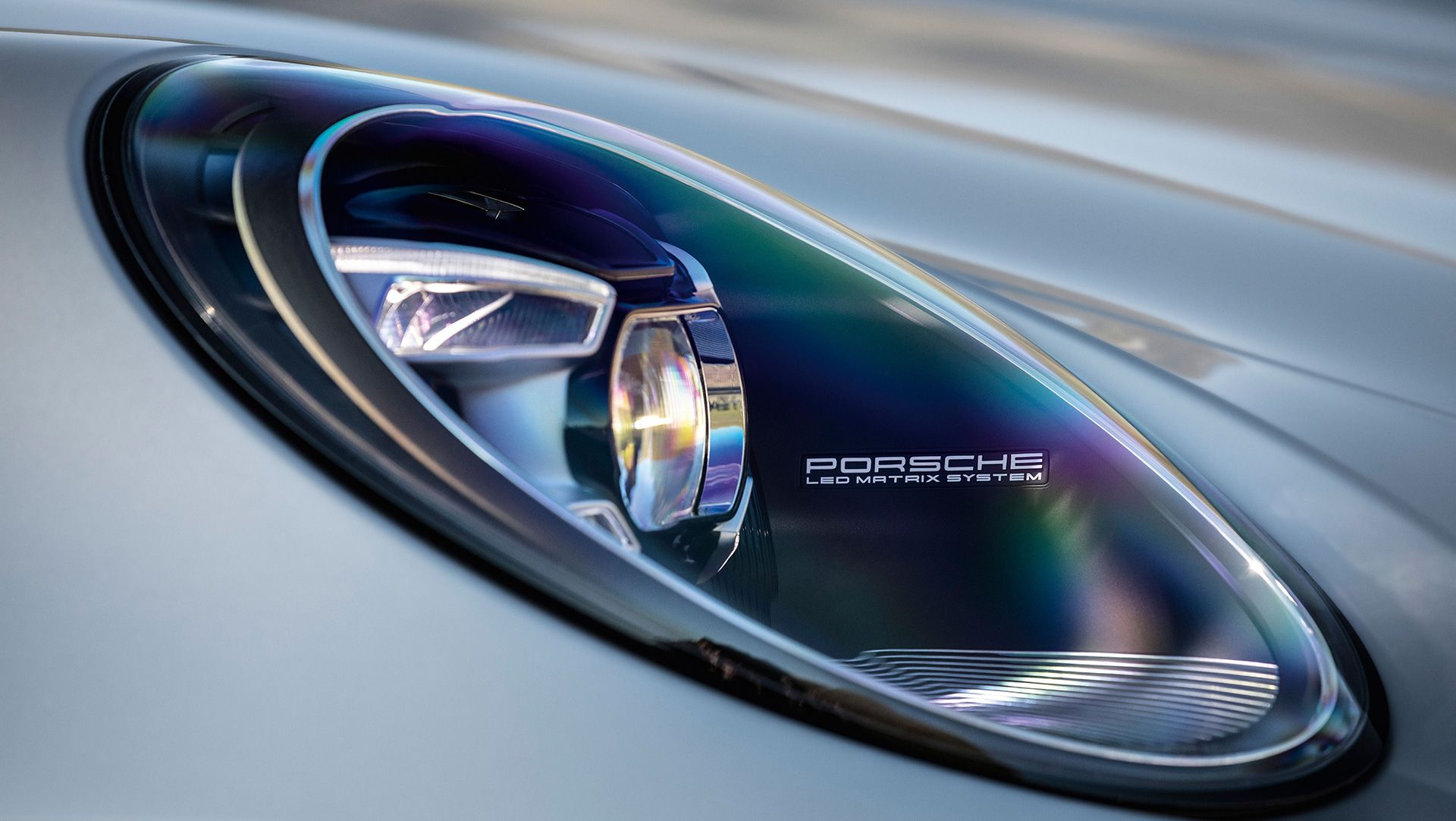
Magical handling is another reason these cars are so popular. That’s in part due to engine placement: The Carrera is a rear-engine vehicle. It’s behind the rear axle—to put it bluntly, the worst place possible. The ideal location is right behind the driver, the “mid-engine” layout found in most other supercars. For the last 50 years, though, Porsche has made a virtue of the ungainly placement by using it to help devise an unparalleled driving experience. The heavy engine sitting basically atop the rear axle creates a fantastic acceleration experience, bolstering the handling and garnering accolades. It’s a mistake, after a fashion—but it has also become the pinnacle of legendary German engineering.
My only big concern, really, is that Porsche is now owned by the Volkswagen Group. Never mind VW’s emissions scandal: I worry it will infiltrate the Porsche 911 with Trojan-horse parts and pieces from VW sub-brands such as Audi. It’s already happening, in fact, albeit slowly and not to a point where the identity of the 911 is compromised. The 911 models remain extraordinary vehicles. The electric revolution hasn’t arrived yet, but it’s coming. Grab one now: You’re a dentist, after all, and the 911 is a tool of exquisite power and great refinement. Could there be a better match?
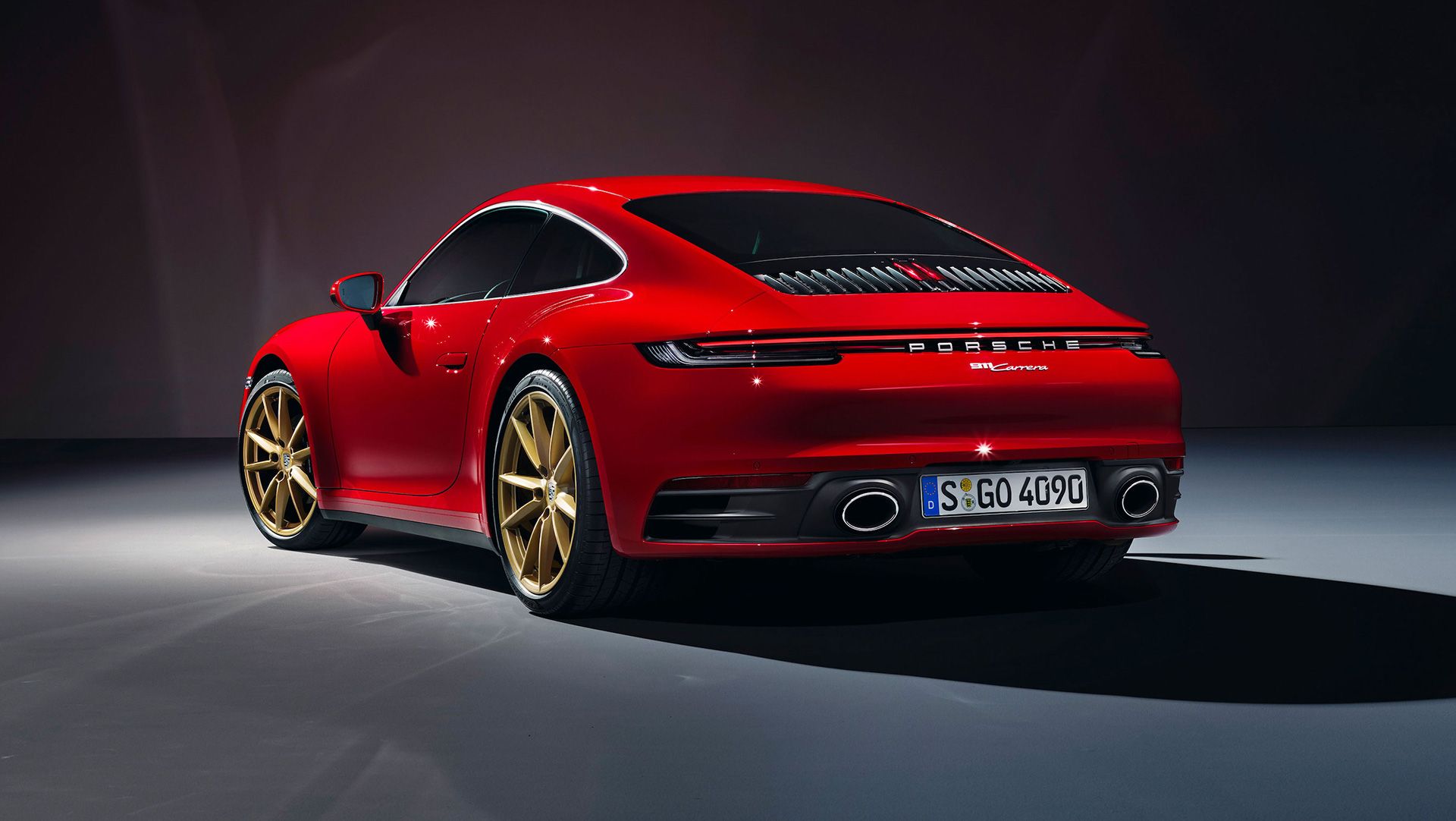
DR. ADNAN AHMED, a graduate of New York University College of Dentistry, practices in Toledo, Ohio. He last wrote for Incisal Edge about the McLaren 570 GT. Email him at adnannyu@gmail.com.



